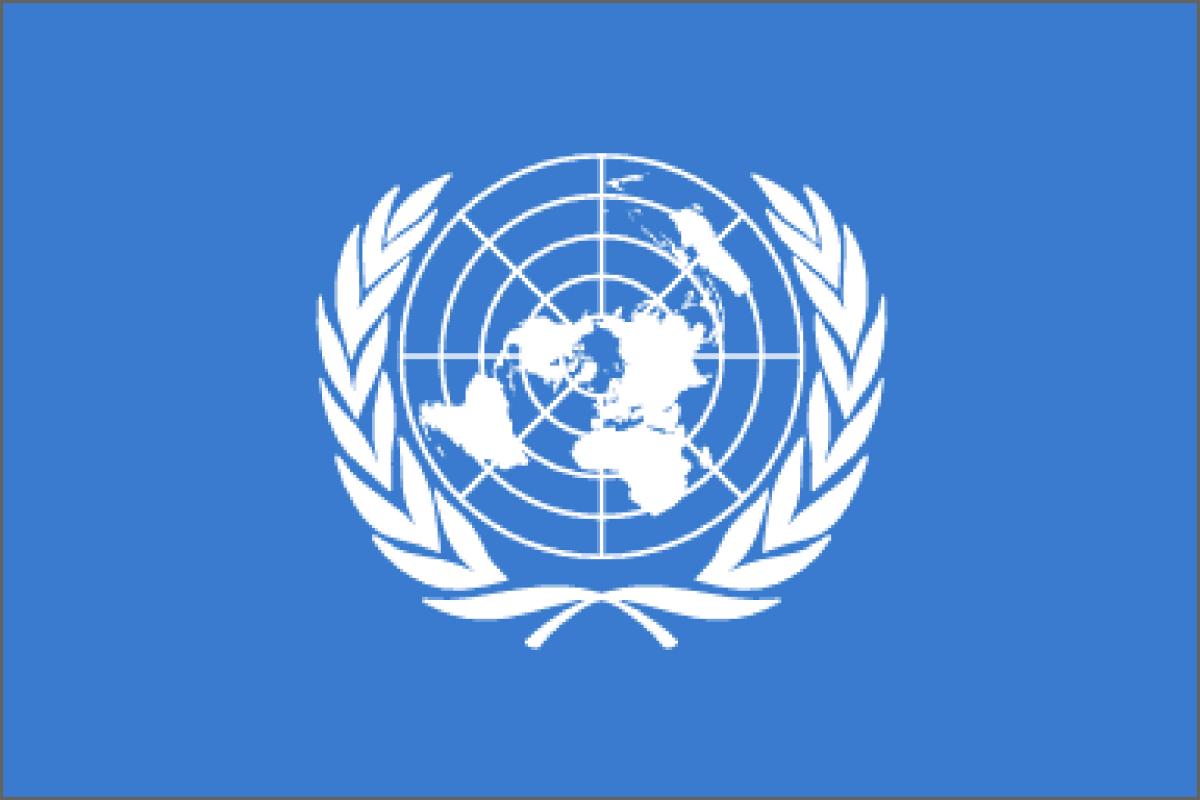In the years following its establishment in 1945, the United Nations (UN) has increasingly pursued a global agenda that involves influencing sovereign nations across the globe.
This bureaucratic entity has been gradually working towards establishing itself as a singular global authority with comprehensive control over humanity. Similar to other global organizations like the World Economic Forum (WEF), the UN envisions a future where the public resides in “15-minute cities,” where every action is tracked through digital IDs and managed by “digital cash,” all under the oversight of artificial intelligence (AI).
However, this globalist perspective, dominated by a select few, excludes the vast majority of the global population, many of whom would be deemed “redundant” due to AI advancements.
In response to this perceived “issue,” there are subtle indications that globalists have been exploring methods to manage and diminish global population numbers.
The United Nations Department of Economic and Social Affairs (DESA) operates an online resource called “World Population Prospects,” enabling access to graphical representations and probabilistic projections of the UN’s demographic data for various countries and regions.
DESA forecasts a significant decline in the working-age population of “developed regions” worldwide, commencing around 2025. These “developed regions” encompass Europe, Northern America, Australia, New Zealand, and Japan, according to DESA’s classification.
The UN has long been engaged in addressing population-related matters through entities such as the UN Population Fund (UNFPA) and the UN POpulation Division of DESA. However, this raises speculation about whether the UN’s projections signify an anticipated drop in the working-age populace or reveal the objectives of a planned depopulation initiative.
Established in 1969, the UNFPA played a crucial role in promoting population programs, and its responsibilities were further elaborated upon at the International Conference on Population and Development (ICPD) in Cairo in 1994.
Moreover, a report to the US Congress in 2007 labeled the UNFPA as the primary source of global population and reproductive health programs, funded predominantly by specific donors like the Netherlands and Japan, among others.
Through a range of written works, Stanley Johnson, the father of former British Prime Minister Boris Johnson, has made significant contributions to conversations concerning population matters.
The Cairo Plan, a pivotal outcome of the ICPD, steered away from coercive population control measures, emphasizing instead policies empowering women, promoting economic parity, and amplifying women’s agency in reproductive decisions.
The plan acknowledged that there was a connection between empowering women and a decline in population growth. By increasing women’s access to education, improving their economic opportunities, and granting them political rights, it was anticipated that they would choose to have fewer children.
The ICPD agreements were focused on achieving a stable global population of 7.27 billion by 2015 through a 20-year “program of action,” in line with the discussions that took place at the UN Conference on Environment and Development in Rio de Janeiro in 1992.
DESA’s Population Division, facilitating UN bodies like the Commission on Population and Development, compiles data supporting the ICPD’s Program of Action.
According to new information from DESA, there is a noticeable decrease in the number of people in the working-age group (25-64 years old) starting around 2024/2025. This decline is accompanied by a change in the pattern, where the number of deaths exceeds the number of births.
There is speculation about whether these patterns are just forecasts or suggestive of a planned strategy to reduce the population, and if intentional, the techniques used to increase deaths while limiting births.
Furthermore, the presence of official government policies intended to modify fertility rates indicates that intentional actions to decrease the population have been actively pursued.
Various methods like war, famine, disease, and environmental toxins, alongside potential social engineering, have been suggested as means to reduce global birth rates.
However, claims regarding deliberate efforts to control birth rates through vaccines and other means have sparked controversy, with divergent perspectives on their impact on infertility and population reduction.
Accounts on social media platforms have highlighted historical documents purportedly outlining strategies to control population growth, sparking discussions on the potential manipulation of public health initiatives to influence birth rates.
As these conversations prompt inquiries into deliberate attempts to change worldwide population patterns, their still exist conflicting opinions on the influence of different elements in these transformations, like strategies for public health and shifts in the environment.










